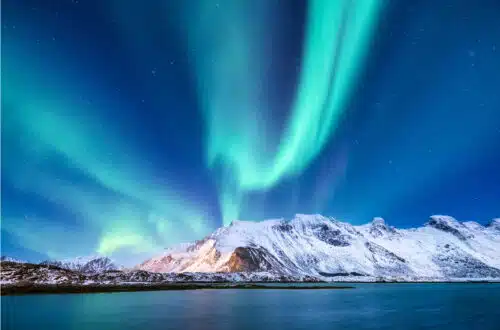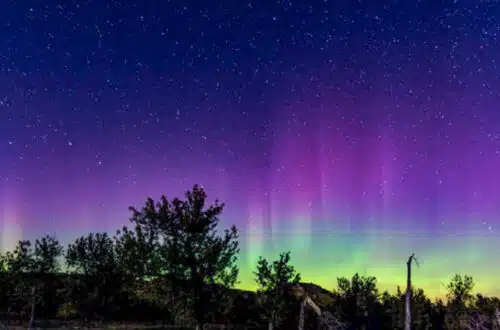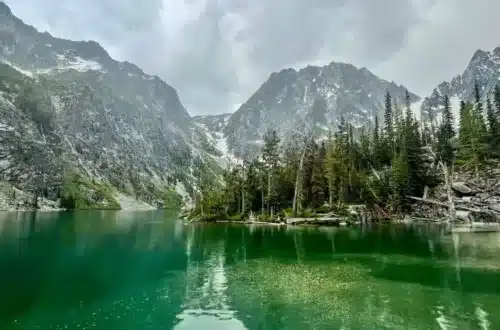Fall Months in the USA: Dates, Weather, Holidays & Travel Ideas
Have you ever wondered which months are fall months in the USA? Or where to best go to see some stunning fall foliage? Then I got you covered!
Fall is one of the most beautiful seasons in the USA. Colorful foliage, pumpkin patches, and fresh apple pies: what’s not to love about fall in the US?
All the definitions of meteorological fall and astronomical fall can be a little confusing. Plus, the US is so big, that fall looks quite different from state to state.
To give you a bit more clarity about the fall months in the USA, I have prepared this informative post for you.
Let’s get to it!
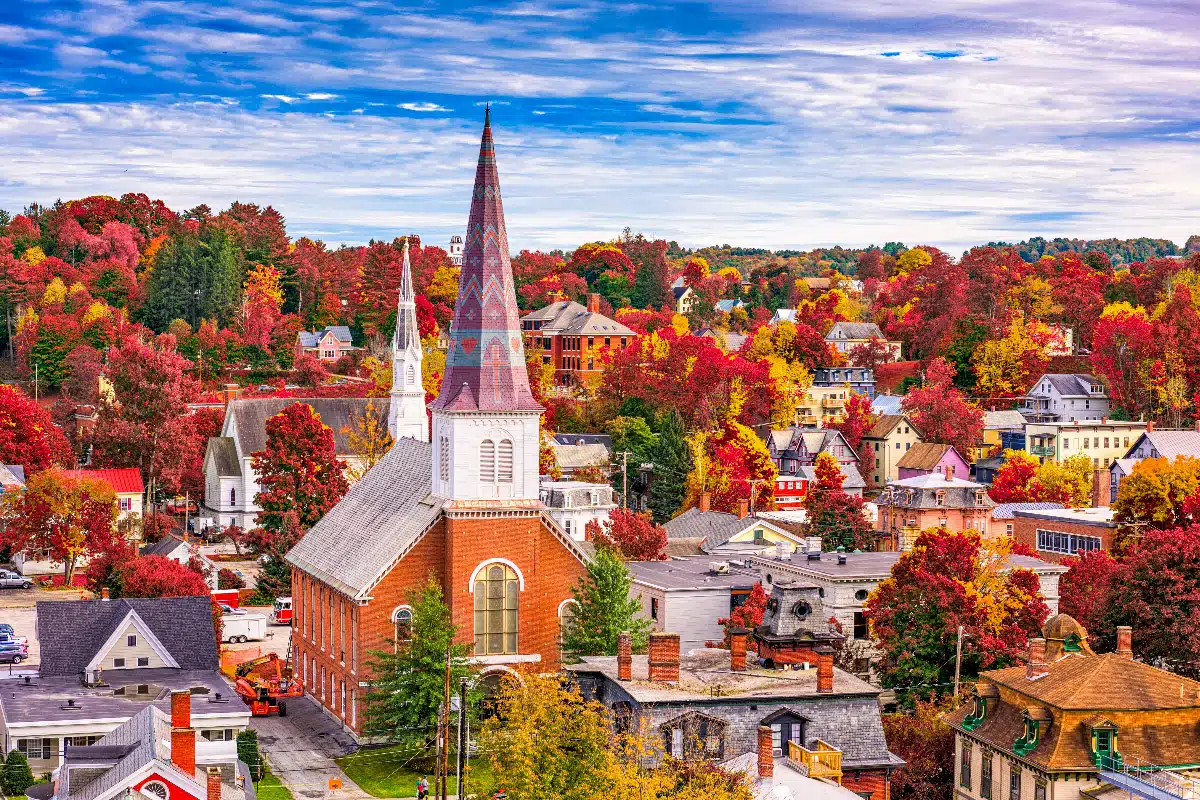
When Are the Fall Months in the USA?
First things first. If you just came here to find out about when it is fall in the US, then look no further.
Here is a quick overview of the fall months in the USA and how they usually fall:
- Meteorological: September, October, November
- Astronomical: Around September 22 to December 21
Meteorological Fall in the USA
As we have heard, the meteorological fall in the USA is from September 1 to November 30.
This way of measuring is mainly used by scientists and for statistics. It’s all about keeping things simple for weather tracking and stats.
Meteorological seasons are based on the annual temperature cycle. But they do follow the calendar months, so it is easier to compare the stats from year to year.
So, in short: Meteorological fall is those three months—September, October, and November! That is when the weather usually starts cooling down.
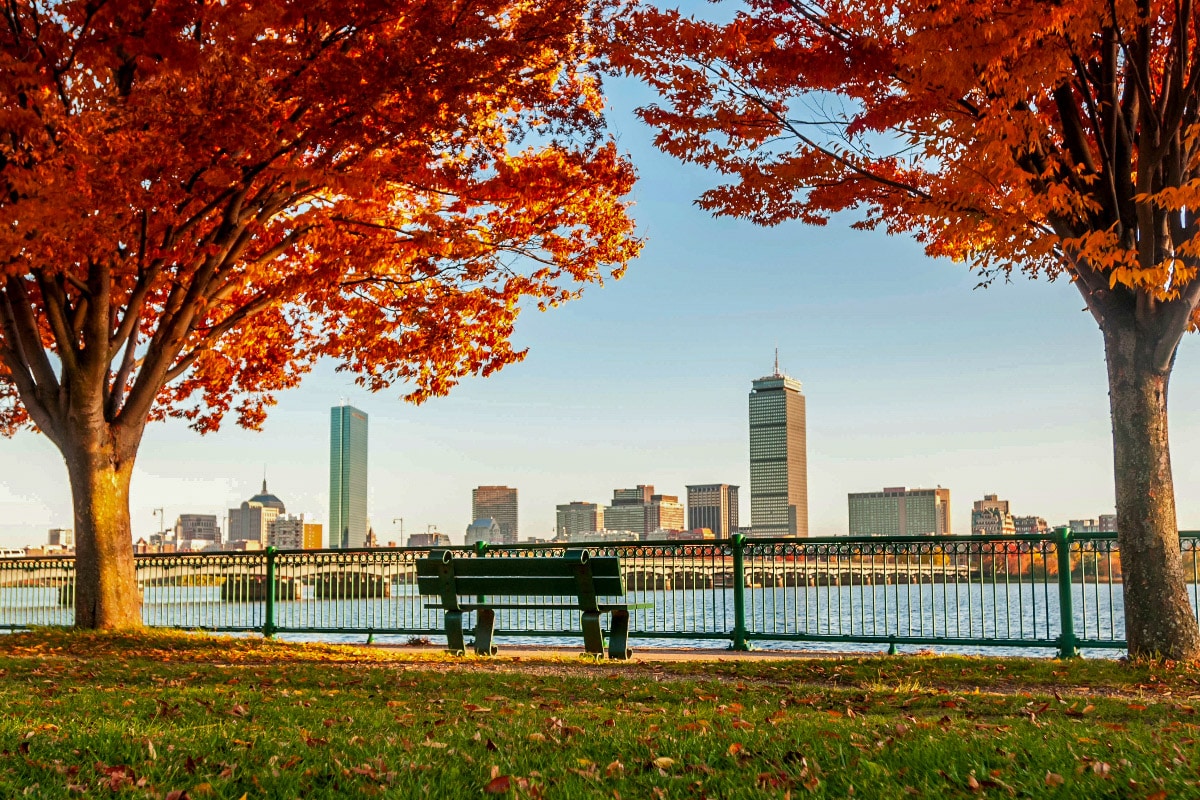
Astronomical Fall in the USA
Astronomical fall is a bit different than the meteorological fall we just discussed.
It starts around September 22 and ends around December 21. These dates are not fixed.
The astronomical fall is based on the Earth’s position to the sun.
Astronomical fall starts with the autumnal equinox. That’s when day and night are about the same length.
It ends with the winter solstice. That is the shortest day of the year.
The exact dates can vary a bit each year because of the Earth’s orbit. But it’s usually in the same time frame.
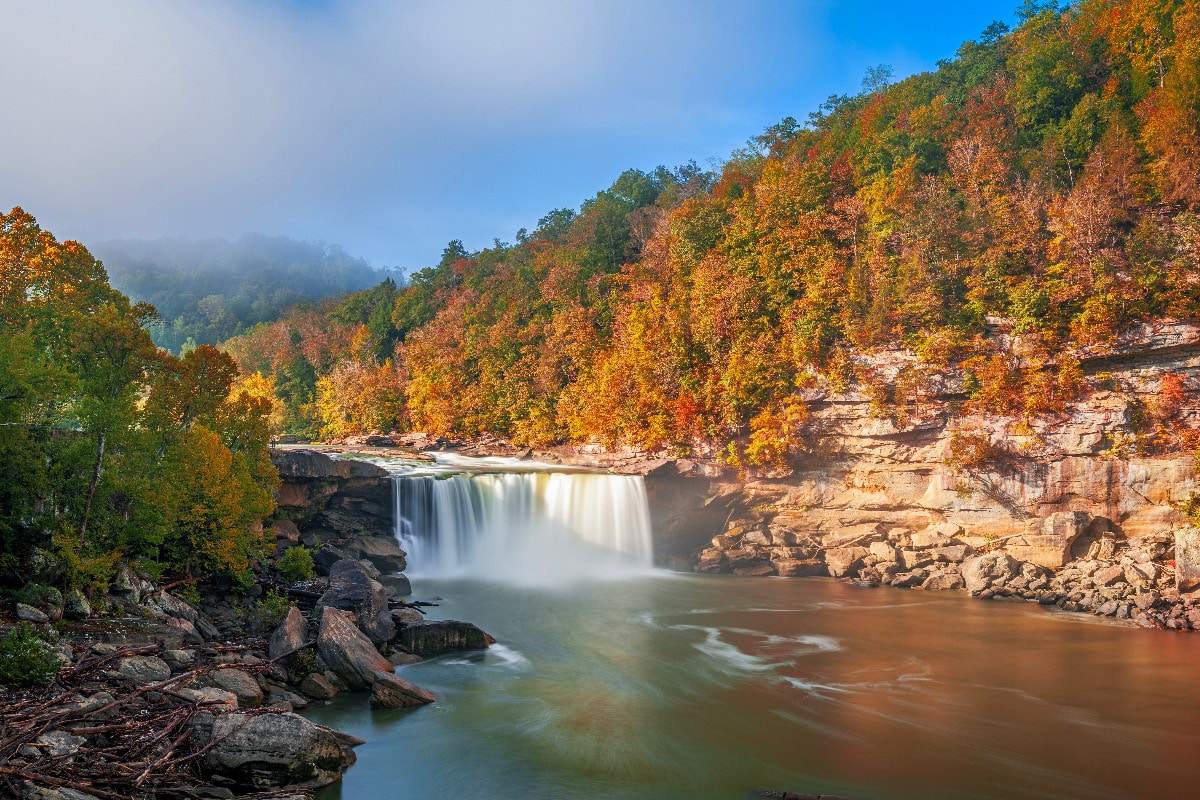
Which Holidays Are in the Fall Months in the USA?
Those who know me know how much I am into seasonal things and festivities. And fall in the US is an amazing time to celebrate.
I have made you a small list with notable holidays and celebrations in the USA in the fall, so you don’t miss out on any fun!
National Holidays in Fall in the USA
- Labor Day: First Monday in September
- Columbus Day: Second Monday in October
- Veterans Day: November 11
- Thanksgiving: Fourth Thursday in November
- Black Friday: Day after Thanksgiving, not a holiday but important to me as a girl
Regional & Cultural Festivities in Fall in the USA
- Oktoberfest: Sometime in September and October, especially in places with German heritage
- Halloween: October 31 (not an official holiday, but widely celebrated)
- Diwali: Usually in October or November, depending on the Hindu calendar
- Harvest Festivals: Different dates, celebrating the fall harvest
- Day of the Dead (Día de los Muertos): November 1-2, especially big in areas with Mexican heritage
- Native American Heritage Month: November, with events throughout the month

Weather in Fall in the USA
It is quite hard to say what the weather in the fall in the US is like because the country is so big. While some parts are covered in early snow already, others still enjoy warm and sunshiny days.
I have made a small overview of the weather in the USA in the fall for different regions for you to give a bit more of an understanding.
Northeast
- Places like New York, Massachusetts, New England, etc
- Fall is pretty mild in September but gets a lot colder by November
- The area is famous for vibrant fall foliage, especially in October
- Chance of early snow in late November
- September: 60-70°F (15-21°C)
- November: 40-50°F (4-10°C)
Southeast
- States like Florida, Georgia, and South Carolina
- Still pretty warm in September, cools down a bit by November
- Hurricane Season! It is important to keep an eye on the National Weather Service
- September: 75-85°F (24-29°C)
- November: 55-65°F (13-18°C)
Midwest
- Places like Ohio, Michigan, and Illinois.
- Similar to the Northeast, but a bit more unpredictable weather-wise
- Also, lots of colorful leaves in October
- Can get super chilly by November
- September: 65-75°F (18-24°C)
- November: 35-45°F (2-7°C)
Southwest
- Arizona, New Mexico, Nevada, etc.
- Still hot in September, but gets more comfortable as fall drags on
- The season is quite dry, not much rain
- September: 80-90°F (27-32°C)
- November: 55-65°F (13-18°C)
West Coast
- California, Oregon, Washington etc
- Mild in general, but varies a lot depending on the place
- Northern parts can get pretty wet, especially in late fall
- Southern Cali is pretty warm and dry
Rockies & Mountain West
- Colorado, Utah, Montana, etc.
- Can get cold pretty quickly, especially in higher elevations
- Snow in the mountains by November for sure
- September: 50-60°F (10-16°C)
- November: 20-30°F (-7 to -1°C)
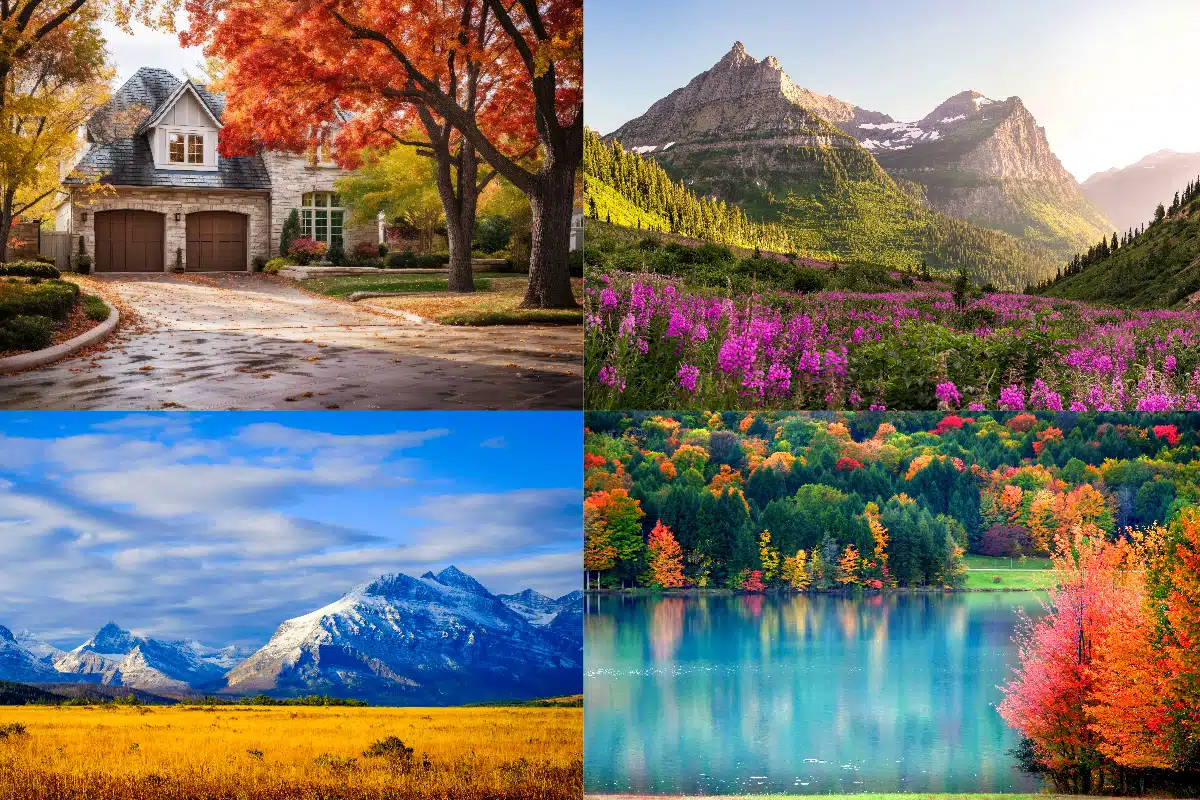
Fall Travel Ideas USA
Now that we know when the fall months are in the US, you are probably wondering where to go on your fall holiday.
Now, of course, typical places like New England need to be on my fall travel bucket list. But there are also some underrated places out there that are simply perfect for a fall vacation.
Keep on reading for my 3 favorite places for fall travel in the USA.
1. Vermont
Vermont in the fall is all about the stunning fall foliage. The red, orange, and yellow leaves are so vibrant and basically everywhere.
Vermont is also famous for its maple syrup. So you will likely sample all kinds of maple-flavored treats.
The small towns in Vermont have an amazingly cozy vibe. Think farmers’ markets, cute shops, and local fairs. Always reminds me a bit of Stars Hollow from Gilmore Girls.
There is also a big choice of outdoor activities in fall in Vermont. You can go hiking, mountain biking or just take scenic drives around the area.
And don’t forget about the apple picking and cider tasting!
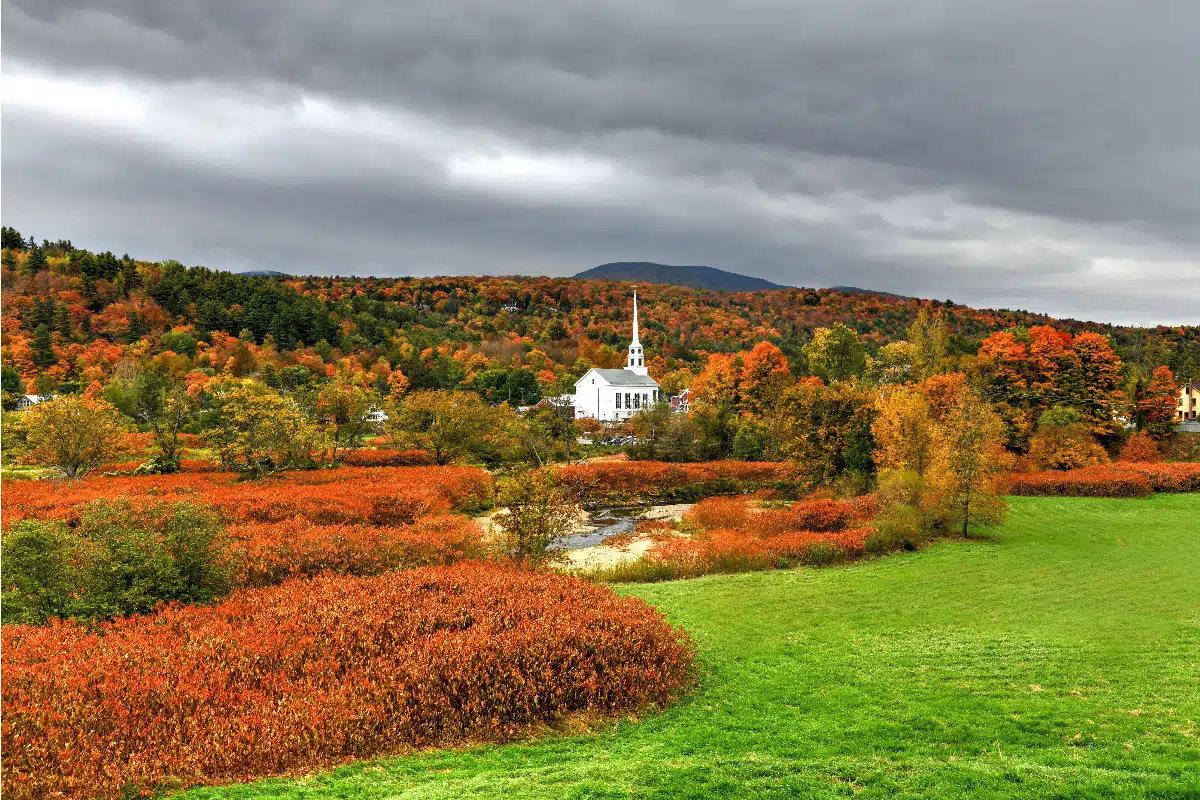
2. New York
New York in the fall is so special, it is one of my favorite places to visit.
The city gets this great vibe with pumpkin-spiced everything and leaves turning golden in Central Park.
Plus, it’s not as hot or as crowded as the summer. That makes it a great time to explore.
Of course, you should also take a small road trip Upstate. There are lots of cool apple orchards and wineries you can visit.

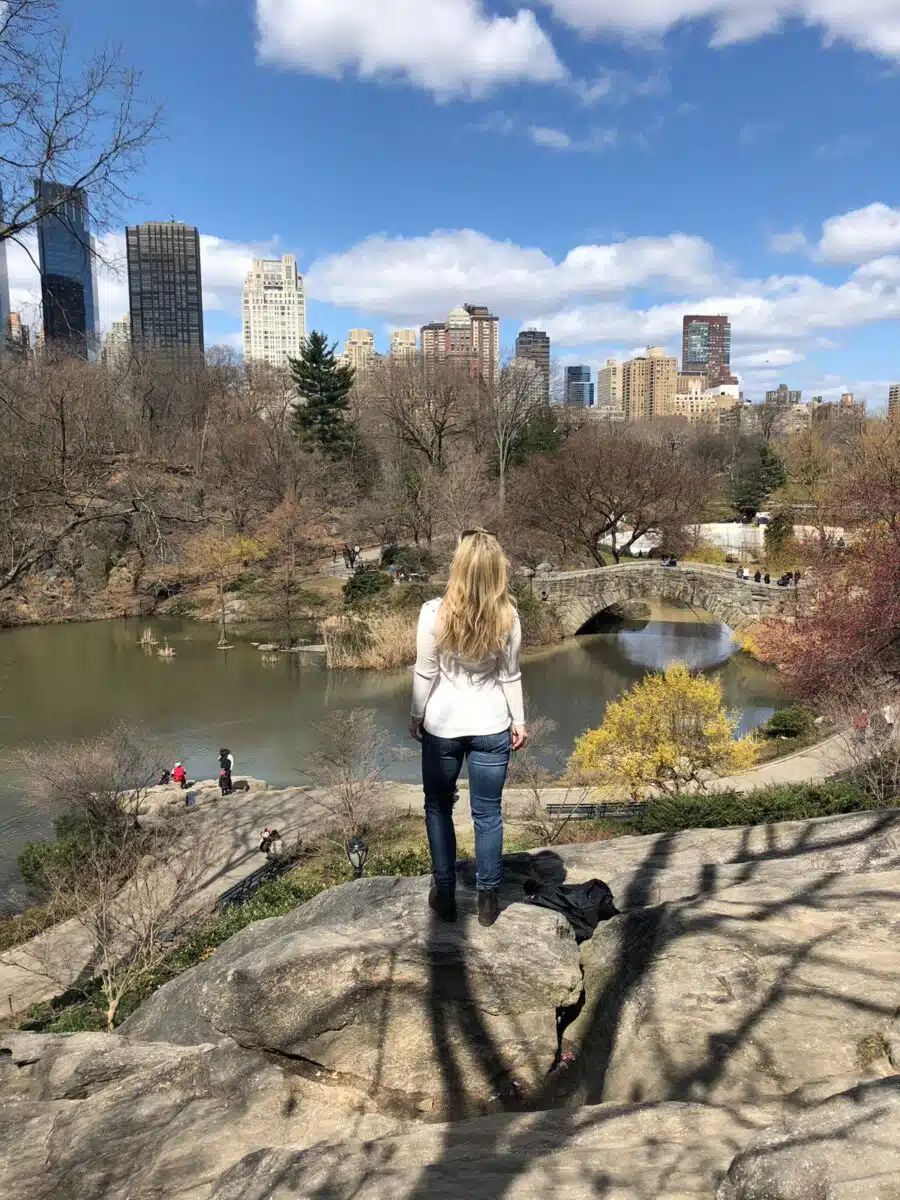
3. Aspen, Colorado
Aspen, Colorado is like a golden wonderland in the fall months of the USA.
The aspen trees turn this lovely shade of yellow. The entire area looks like something out of a painting.
The mountains in the background create a nice contrast to the golden foliage.
Aspen in fall is also a lot quieter than during ski season. That leaves some more room to explore.
Aspen is pretty much a must-see if you’re all about that fall beauty.
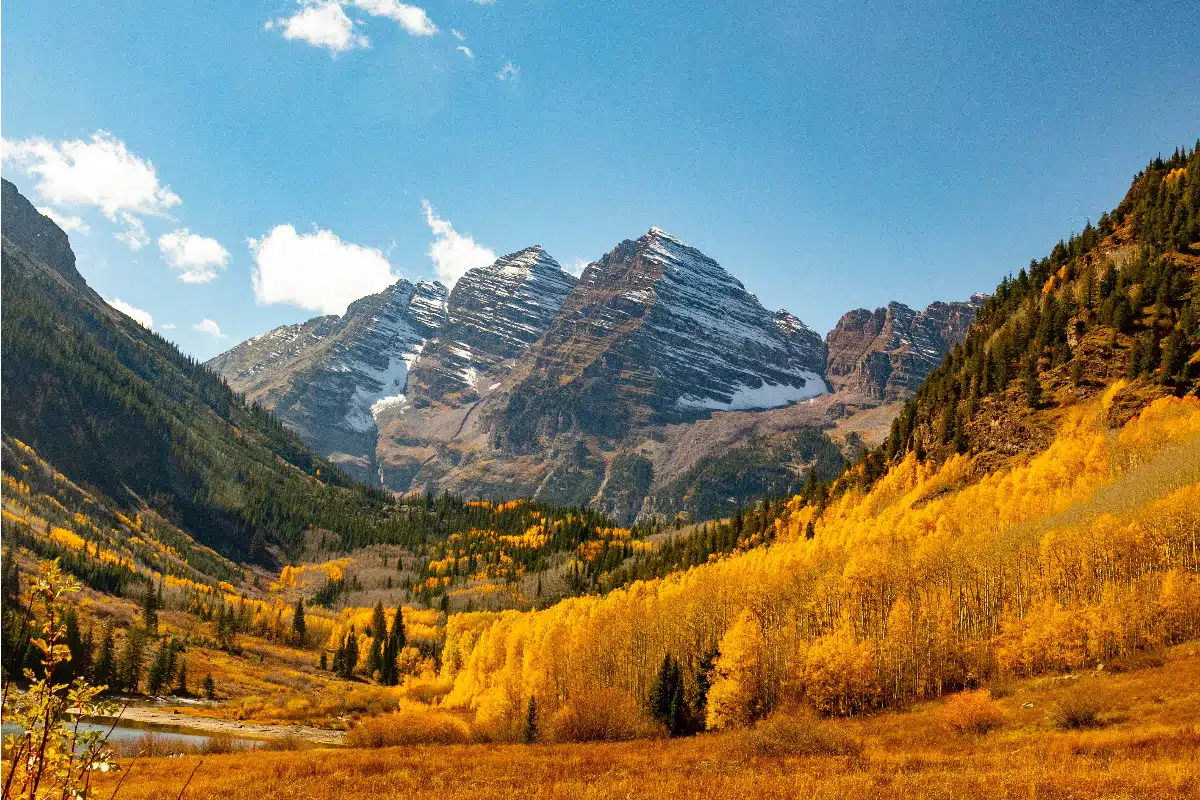
What Are the Seasons in the USA?
Lastly, I wanted to give you a quick overview of the other seasons in the USA.
- Winter: December, January, February
- Spring: March, April, May
- Summer: June, July, August
- Fall: September, October, November
Conclusion: Fall Months in the USA
Now that we have talked about the fall months in the USA and learned the difference between astronomical fall and meteorological fall, it is time to wrap it up.
To sum it up: Meteorological fall in the USA is from September 1 to November 30, while astronomical fall usually runs from around September 22 to December 21.
Fall in the US is a time of colorful leaves, pumpkin patches, and harvest celebrations. Be sure to not miss one of the amazing fall travel destinations, like Aspen or Vermont.
Or maybe discover off-the-beaten paths in Alamogordo, New Mexico?
FAQ: Fall Months in the USA
Fall in the USA spans from September to November. It’s a lovely time when the leaves change colors, and the weather becomes cooler. Perfect for exploring and enjoying the rich history and culture that this diverse country has to offer.
Fall in the Northern Hemisphere typically occurs from September to November. It’s a wonderful season to travel, explore, and soak in the beauty of changing foliage and the rich historical and cultural experiences many places have to offer. It is exactly the other way in the Southern Hemisphere.
Yes, climate change can impact the fall season. Rising temperatures can delay the onset of cooler weather, affecting when leaves change colors and when fall truly begins. It’s important to be mindful of these changes and their potential effects on the natural beauty and timing of the season
The first day of fall, known as the autumnal equinox, usually occurs on September 22nd or 23rd in the Northern Hemisphere. It marks the moment when day and night are nearly equal in length, signaling the start of cooler temperatures and the beautiful transformation of leaves into vibrant autumn colors.

About the Author
Sabrina is a passionate travel blogger and content creator, originally from Austria. She spends most parts of the year abroad at various destinations with her husband.
She provides slow-paced itineraries that focus on quality over quantity. Sabrina wants to help her readers to get more out of their travel experiences – while doing less. Read more.
